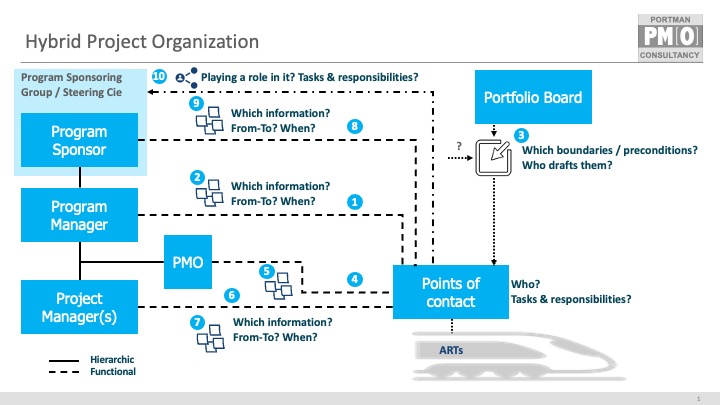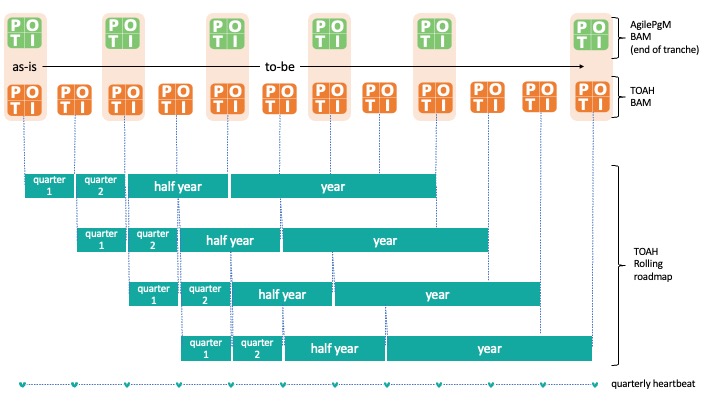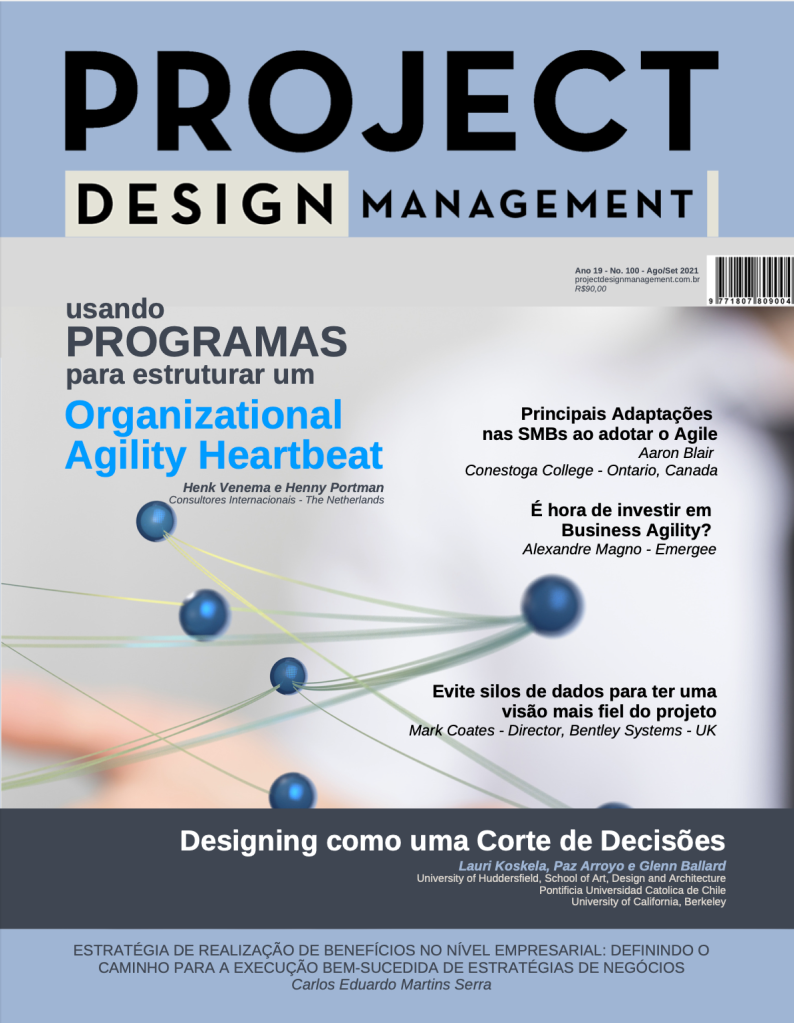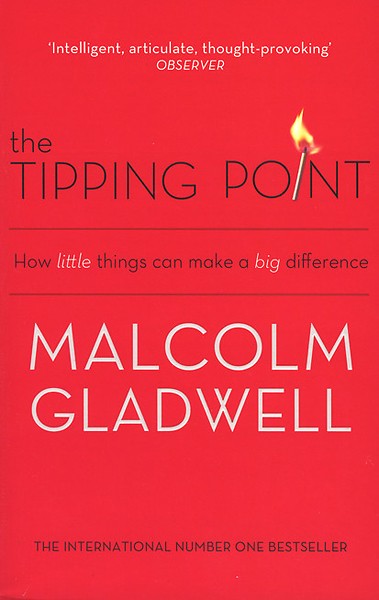The latest PMI Pulse of the Profession 2024 Report shows that hybrid gains ground as the fit-for-purpose approach, reflecting comparative data from 2022 and 2023. While the agile methodology has seen a slight decline in usage from 27% to 24.6%, and Waterfall has also decreased from 47% to 43.9%, the hybrid model has notably risen from 26% to 31.5%.
An increasing number of organizations are encountering challenges in their agile transformations. Despite establishing agile delivery organizations with continuous agile teams and scaling frameworks like SAFe’s agile release trains, they confront obstacles in fully integrating these changes, realizing benefits, and capturing value. One critical issue is the insufficiency of merely having permanent agile teams and structures such as agile release trains. Another problem arises when there is an absence of backlogs to incorporate their initiatives, or in other words, a lack of appropriate teams to address their issues. In such cases, organizations often revert to more conventional Project Portfolio Management (PPM) methods to find solutions.
As this hybrid approach to project management becomes increasingly mainstream, organizations are seeking guidance on integrating the two distinct models. However, the relationship between a project or program manager and a product manager isn’t hierarchically direct or functional.
To elucidate how a temporary project or program organization can effectively collaborate with a permanent agile delivery organization, I employ a specific model that illustrates the interfaces and facilitates a discussion about the flow of information.
1 Point of contact program manager in ARTs: The point of contact for a program manager (PgM) is product or solution management (PdM) depending on the topology of the delivery organization and the size of the request. The program manager needs the delivery organization to develop/change specific functions needed for the success of the program.
2 Information flows PgM: from PgM to PdM requirements, functions, dates, deadlines, changes, accelerate, slow down. From PdM to PgM realization dates, impact, risks.
3 Which boundaries / preconditions? Priorities, capacity for small changes, for portfolio initiatives (swim lanes) set by portfolio board. Given the absence of a hierarchical relationship, it’s crucial for Product Managers (PdMs) or Product Owners (POs) to recognize the priority of this initiative. This understanding is necessary to appropriately factor it into the prioritization of their backlog, ensuring that this initiative is duly considered.
4 Point of contact PMO in ARTs: The PMO is an attendee of the PO/SM Sync to collect the needed information.
5 Information flows PMO: From PO/SM Sync to PMO progress (e.g. Burn-up chart), issues, risks (e.g. risk burn down chart).
6 Point of contact project manager in ARTs: The point of contact for a project manager (PjM) is product management or Product Owner. depending on the topology of the delivery organization and the size of the request. The project manager needs the delivery organization to develop/change specific functions or stories needed for the success of the project.
7 Information flows PjM from PjM to PdM or PO requirements, functions, dates, deadlines, changes, accelerate, slow down. From PdM or PO to PgM realization dates, impact, risks.
8 Point of contact for program sponsor in ARTs: The point of contact for a program sponsor is the Business owner of the ART or solution train. The business owner must be aware of the objectives of the initiative. The business owner can bring this forward during the next PI event. Ideally the business owner and the program sponsor are the same person.
9 Information flows Program Sponsor. From Program sponsor to Business Owner objectives/goals of the initiative.
10 Representative of ARTs in program steering committee. To aid in decision-making during steering committee meetings, it’s essential for the business owner of the Agile Release Trains (ARTs) to attend the program steering committee meetings. As mentioned, it would be advantageous if the program sponsor and the business owner were the same individual.
Next steps
This model is a starting point, it is absolutely not perfect. I’m seeking input to refine and enhance this model. What contact points do you see? Which information flows are important to make it work. Can the model be simplified?





 The two new competencies are: Continuous Learning Culture (CLC) and Organizational Agility (OA).
The two new competencies are: Continuous Learning Culture (CLC) and Organizational Agility (OA). See the
See the  See for the Dutch version
See for the Dutch version  To download:
To download: 
 Downloaden:
Downloaden:  In this business novel – Turn the ship around! A true story of turning followers into leaders – the author David Marquet shows you his journey as Captain on the nuclear submarine USS Santa Fe. He had the guts to lead in a completely different way. Top-down leadership sometimes endangered the men. He decided to give his men the control themself: with amazing results.
In this business novel – Turn the ship around! A true story of turning followers into leaders – the author David Marquet shows you his journey as Captain on the nuclear submarine USS Santa Fe. He had the guts to lead in a completely different way. Top-down leadership sometimes endangered the men. He decided to give his men the control themself: with amazing results. In Part II Control (Change, in a Word, “Welcome Aboard Santa Fe!”, Under Way on Nuclear Power, “I Intend to…”, Up Scope!, Who’s Responsible?, “A New ship”, and “We have a Problem”) a number of basic control mechanisms are discussed to be able to work according to a leader-leader structure, including searching and rewriting the genetic code for control, acting your way to new thinking, conducting short, early conversations, resist the urge to provide solutions, eliminate top-down monitoring systems, think out loud and embrace the inspectors.
In Part II Control (Change, in a Word, “Welcome Aboard Santa Fe!”, Under Way on Nuclear Power, “I Intend to…”, Up Scope!, Who’s Responsible?, “A New ship”, and “We have a Problem”) a number of basic control mechanisms are discussed to be able to work according to a leader-leader structure, including searching and rewriting the genetic code for control, acting your way to new thinking, conducting short, early conversations, resist the urge to provide solutions, eliminate top-down monitoring systems, think out loud and embrace the inspectors. The companion workbook – The turn the ship around! workbook. Implement intend-based leadership in your organization – written by L. David Marquet with Andy Worshek will help you to implement this leader-leader structure (intent-based leadership) in your organization. You get a lot of questions, exercises and activities on how to delegate and inspire for each of the chapters in the main book. It will show you how to to build a work community based on personal responsibility and trust. The workbook ends with the Intent-Based Leadership Manifesto
The companion workbook – The turn the ship around! workbook. Implement intend-based leadership in your organization – written by L. David Marquet with Andy Worshek will help you to implement this leader-leader structure (intent-based leadership) in your organization. You get a lot of questions, exercises and activities on how to delegate and inspire for each of the chapters in the main book. It will show you how to to build a work community based on personal responsibility and trust. The workbook ends with the Intent-Based Leadership Manifesto In deze business roman – Gooi het roer om! leiderschap creëren op elk niveau binnen organisaties – neemt de schrijver David Marquet je mee op zijn reis als kaptein op de kernonderzeeër USS Santa Fe. Hij had het lef om op een compleet andere wijze leiding te geven. Top-down leiderschap bracht de manschappen soms regelrecht in gevaar. Hij besloot zijn manschappen zelf de controle te geven: met verbluffende resultaten.
In deze business roman – Gooi het roer om! leiderschap creëren op elk niveau binnen organisaties – neemt de schrijver David Marquet je mee op zijn reis als kaptein op de kernonderzeeër USS Santa Fe. Hij had het lef om op een compleet andere wijze leiding te geven. Top-down leiderschap bracht de manschappen soms regelrecht in gevaar. Hij besloot zijn manschappen zelf de controle te geven: met verbluffende resultaten. In Deel II controle (Welkom aan boord van de Santa Fe!, Met nucleaire kracht op weg, Ik ben van plan om…’, Periscoop omhoog!, Wie is verantwoordelijk?, Een nieuw schip, en ‘We hebben een probleem’) komen een aantal basis zeggenschap mechanismen aan bod om volgens een leider-leider-structuur te kunnen werken waaronder het zoeken en herschrijven van de genetische code voor controle, het toewerken naar een nieuwe manier van denken, het voeren van korte, vroegtijdige gesprekken, het onderdrukken van je neiging om oplossingen aan te dragen, het verwijderen van top-downcontrolesystemen.
In Deel II controle (Welkom aan boord van de Santa Fe!, Met nucleaire kracht op weg, Ik ben van plan om…’, Periscoop omhoog!, Wie is verantwoordelijk?, Een nieuw schip, en ‘We hebben een probleem’) komen een aantal basis zeggenschap mechanismen aan bod om volgens een leider-leider-structuur te kunnen werken waaronder het zoeken en herschrijven van de genetische code voor controle, het toewerken naar een nieuwe manier van denken, het voeren van korte, vroegtijdige gesprekken, het onderdrukken van je neiging om oplossingen aan te dragen, het verwijderen van top-downcontrolesystemen.
 In the book Switch – How to change things when change is hard the authors describe a fundamental three-part framework that can guide you in any situation where you need to change behaviour: direct the rider (provide chrystal-clear direction by addressing the rational side), motivate the elephant (engage people’s emotional side), and shape the path (make change more likely).
In the book Switch – How to change things when change is hard the authors describe a fundamental three-part framework that can guide you in any situation where you need to change behaviour: direct the rider (provide chrystal-clear direction by addressing the rational side), motivate the elephant (engage people’s emotional side), and shape the path (make change more likely).
 In het boek Switch – Durf te veranderen werken de auteurs Chip en Dan Heath een fundamenteel raamwerk uit dat je kan helpen bij situaties waarin je gedrag moet veranderen (switch): stuur de bereider aan (geef kristalheldere instructies door de rationele kant van mensen aan te spreken), motiveer de olifant (betrek de emotionele kant van mensen erbij) en effen het pad (maak de verandering waarschijnlijker).
In het boek Switch – Durf te veranderen werken de auteurs Chip en Dan Heath een fundamenteel raamwerk uit dat je kan helpen bij situaties waarin je gedrag moet veranderen (switch): stuur de bereider aan (geef kristalheldere instructies door de rationele kant van mensen aan te spreken), motiveer de olifant (betrek de emotionele kant van mensen erbij) en effen het pad (maak de verandering waarschijnlijker).














